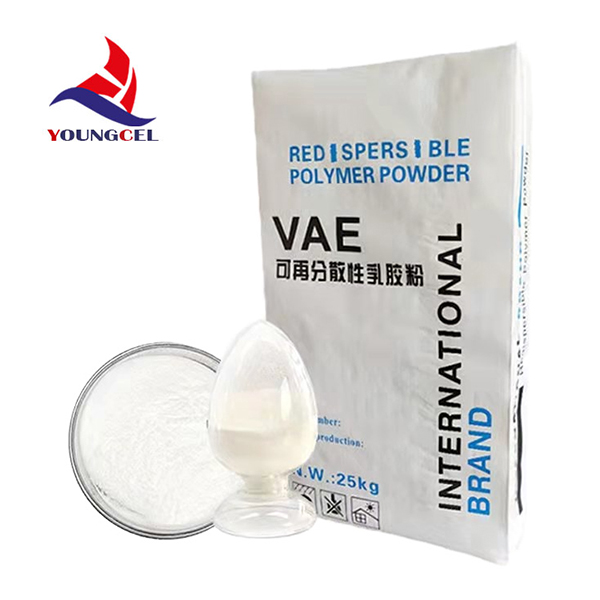Understanding Construction HPMC A Key Ingredient in Modern Building Materials
Hydroxypropyl Methylcellulose (HPMC) has emerged as a crucial component in the construction industry, particularly in the formulation of modern building materials. This versatile cellulose ether, derived from plant cellulose, offers a variety of properties that significantly enhance the performance of construction products, such as tile adhesives, plasters, and mortars. Its unique characteristics make HPMC a favorite among manufacturers and builders alike.
One of the primary advantages of HPMC is its water retention capacity. In construction applications, maintaining adequate moisture levels during setting and curing is essential for the strength and durability of materials. HPMC helps retain water within mortars and pastes, allowing for proper hydration of cement and other binding agents. This is particularly vital in environments with variable humidity and temperature, where rapid drying can compromise the integrity and performance of the material.
Understanding Construction HPMC A Key Ingredient in Modern Building Materials
Another significant attribute of HPMC is its capacity to improve the workability of construction materials. When added to mixtures, HPMC enhances the ease of application, allowing for smoother and more uniform spreading. This not only saves time and labor during construction but also contributes to a better finished product. The improved workability leads to higher productivity on job sites, translating to cost savings for contractors and builders.
construction hpmc

HPMC also contributes to the flexibility and adhesion properties of construction materials. In tile adhesives, for example, the inclusion of HPMC enhances the bond between tiles and substrates, making it more resilient to stresses like thermal expansion and contraction. This flexibility is crucial for preventing cracks and ensuring the longevity of tiled surfaces, especially in areas prone to temperature fluctuations.
In terms of environmental considerations, HPMC is a plant-based additive, making it an attractive choice for eco-conscious builders and manufacturers. Its production utilizes renewable resources, and it can be formulated to minimize the release of volatile organic compounds (VOCs) during application. This aligns with the growing trend toward sustainable building practices and the demand for greener construction materials.
Moreover, the versatility of HPMC extends beyond mere functional benefits; it is compatible with a wide range of other additives and materials. This compatibility allows formulators to create customized solutions tailored to meet specific performance criteria in various construction applications. Whether improving cementitious mixtures, enhancing the properties of plasters, or optimizing tile adhesives, HPMC’s adaptability serves as a valuable asset in the construction industry.
In conclusion, Hydroxypropyl Methylcellulose (HPMC) plays a vital role in modern construction by enhancing the performance, workability, and durability of building materials. Its ability to retain moisture, improve consistency, and promote strong adhesion makes it indispensable across various applications. As sustainable practices gain traction in the construction industry, the plant-based formulation of HPMC positions it as a forward-thinking choice for environmentally-conscious builders and manufacturers. As the industry continues to evolve, HPMC will undoubtedly remain a key player in the development of innovative construction solutions.
-
Premium Detergent Grade HPMC Hydroxypropyl Methylcellulose: Superior Thickening & StabilityNewsAug.31,2025
-
HEC 100000 Hydroxyethylcellulose for Paint | Superior ThickeningNewsAug.30,2025
-
Wall Putty Rdp Powder Packaging DesignNewsAug.29,2025
-
Introduction to Hpmc Hydroxypropyl Methyl CellulosNewsAug.29,2025
-
Hpmc Industri Grade IntegrationNewsAug.29,2025
-
How to Choose the Right Construction AdhesiveNewsAug.29,2025




